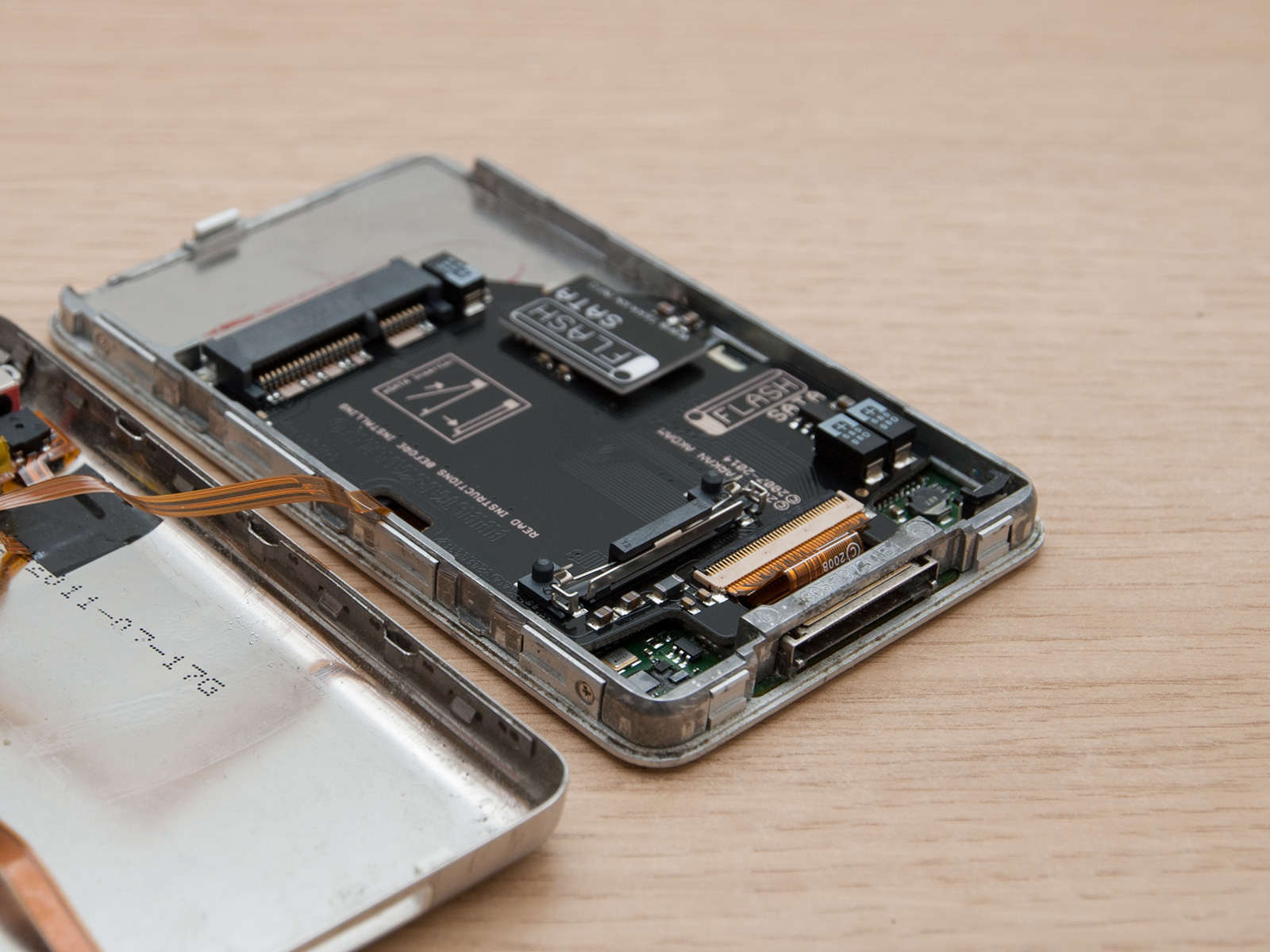

So is bigger always better? The answer is no. If you work with much larger videos, you will want to make sure you have plenty of room for bulkier media. If each image is only about 1 MB and you want to store a batch of 60 photos on each flash drive, you'll want to make sure you get a drive that's at least 64 MB. For example, if you're a photographer, you'll want to know the average size of each image you plan to store on the flash drive. You will be able to hold many more files on a 1 GB flash drive than a 512 MB flash drive (which is only equal to about a half of a gigabyte), so make sure you're paying attention to the unit of measurement when purchasing flash drives.ĭetermining which flash drive size you need comes down to figuring out the size of the data you need to store.

With this information in mind, it's important to note again that a bigger number doesn't always mean more storage. A 1 TB memory card, for example, can cost up to $300. Typically, you'll see terabytes reserved for hard drives and memory cards geared towards professionals, since they tend to be a lot more expensive. Terabyte (TB) - One terabyte is equal to one trillion bytes of information or 1,000 gigabytes, making it the largest unit on this list.For reference, you can fit about 277 high-definition images and 2 to 4 minutes of high-resolution video on a single gigabyte of storage space. These are all great options for people and businesses working with photos and video. GB flash drives come in a wide range of increments, from one to several hundred. There are 1,000 megabytes in a single gigabyte, meaning a flash drive with a GB or more of storage space can hold a lot more digital data than even the higher-numbered MB drives. Gigabyte (GB) - One gigabyte is equal to one billion bytes of information or one thousand megabytes.5 to 5 megabytes each, so knowing how big your files are is crucial to determining how big or small to go with your flash drive. For reference, a high-resolution JPEG image file might range in size from. Flash drives come in various different sizes, often containing 64, 128, 256, or 512 MB each. Megabyte (MB) - One megabyte is equal to one million bytes of information.Here's a breakdown of what these sizes mean. Because bytes are such a small unit of measurement it's common for modern data storage devices to reference their size in megabytes or gigabytes. The more bytes on your flash drive, the more room you'll have to store digital data, including photos, videos, documents, songs, and more. Typically, we measure the size of digital information in bytes. To understand flash drive sizes, we first have to understand the measurements of digital data.

But how much storage space, exactly, is on a flash drive? And how much stuff can each one hold? In this guide, we'll cover the basics of flash drive sizes to help ensure that you get the right one whether you're ordering custom USB drives or just shopping for some extra storage. These ultra-compact devices - some of which measure just a few millimeters in size - can hold a ton of digital data, allowing you to quickly store and transfer files anytime, anywhere. USB flash drives are an excellent tool for storing digital data in a portable, reliable way.


 0 kommentar(er)
0 kommentar(er)
